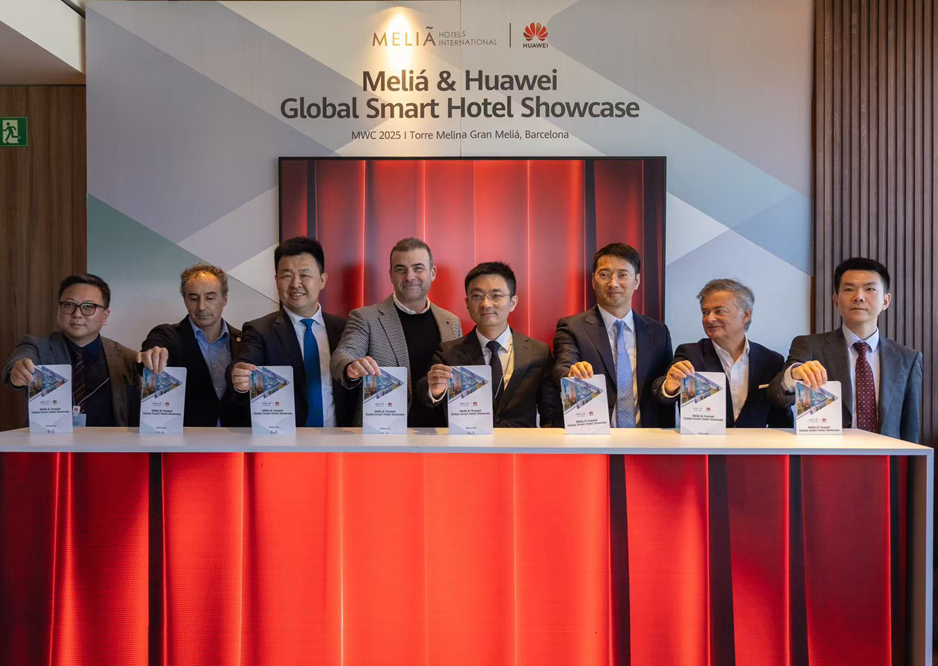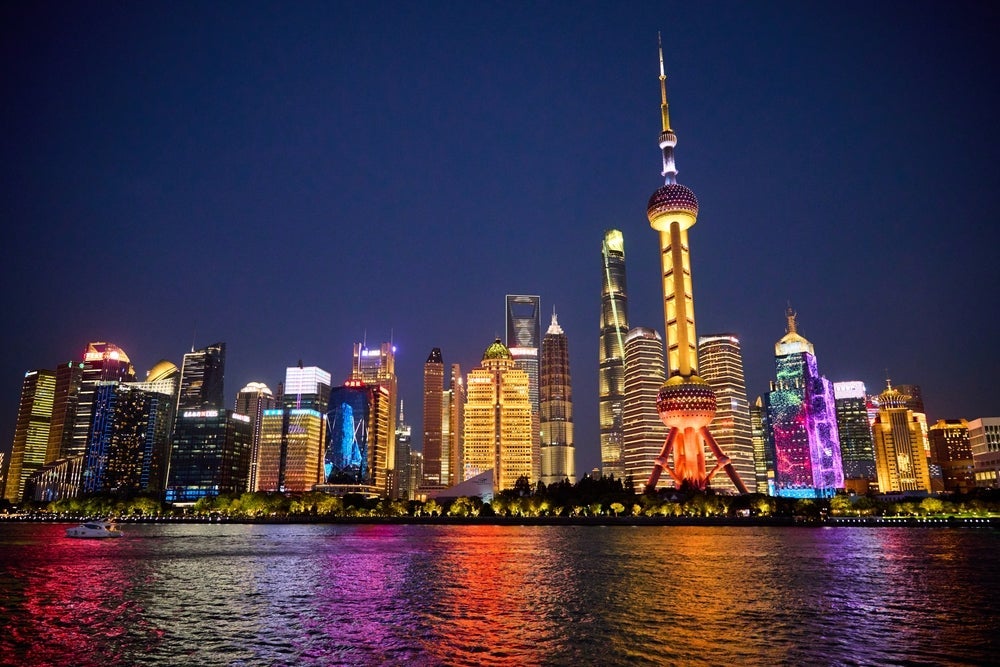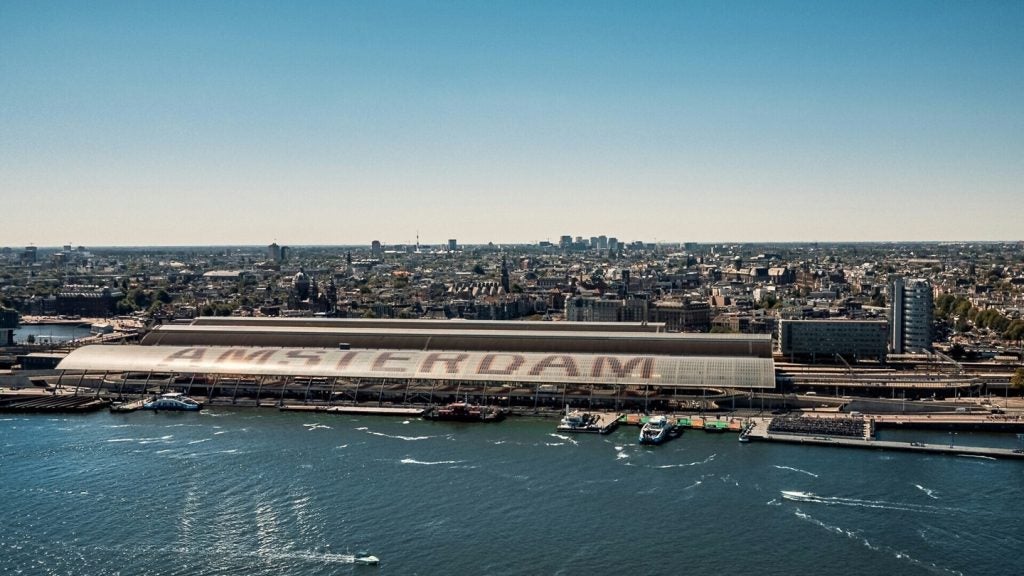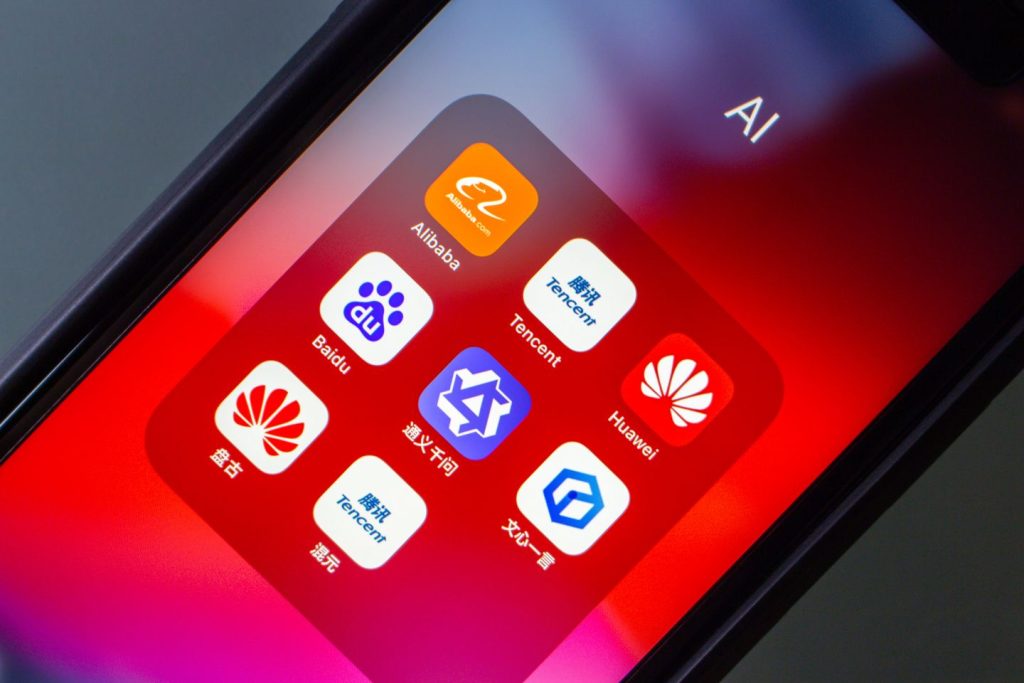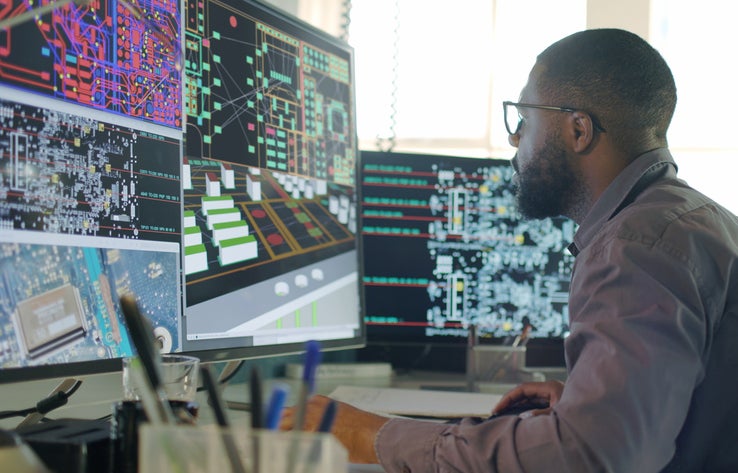
Microsoft’s AI and supercomputing technology has identified a material that could reduce the amount of lithium needed in batteries by 70 percent.
The research, conducted by Microsoft and the Pacific Northwest National Laboratory (PNNL), used AI and supercomputers to sort through 32 million inorganic materials.

Access deeper industry intelligence
Experience unmatched clarity with a single platform that combines unique data, AI, and human expertise.
The process, which would usually take over two decades, narrowed down the materials to just 18 in under a week.
AI and supercomputing managed to take the material from inception into a working battery prototype in less than nine months.
Since it was discovered, the material has been successfully used to power a lightbulb.
In an interview with the BBC, executive vice president of Microsoft, Jason Zander, said the company wanted to “compress 250 years of scientific discovery into the next 25″.

US Tariffs are shifting - will you react or anticipate?
Don’t let policy changes catch you off guard. Stay proactive with real-time data and expert analysis.
By GlobalDataMicrosoft has created a new type of AI that has been trained with molecular data that is able to figure out chemistry.
“This AI is all based on scientific materials, database and properties,” Zander told the publication, “the data is very trustworthy for using it for scientific discovery.”
Karl Mueller, a physical chemist from PNNL, said the use of AI and supercomputing helped them “to potentially fruitful territory so much faster.”
The technology allowed scientists to “modify, test and tune the chemical composition of this new material and quickly evaluate its technical viability for a working battery, showing the promise of advanced AI to accelerate the innovation cycle,” he said.



